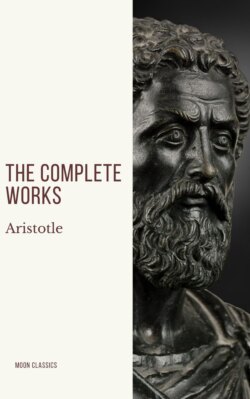Читать книгу Aristotle: The Complete Works - Aristotle - Страница 97
На сайте Литреса книга снята с продажи.
19
ОглавлениеIn order to avoid having a syllogism drawn against us we must take care, whenever an opponent asks us to admit the reason without the conclusions, not to grant him the same term twice over in his premisses, since we know that a syllogism cannot be drawn without a middle term, and that term which is stated more than once is the middle. How we ought to watch the middle in reference to each conclusion, is evident from our knowing what kind of thesis is proved in each figure. This will not escape us since we know how we are maintaining the argument.
That which we urge men to beware of in their admissions, they ought in attack to try to conceal. This will be possible first, if, instead of drawing the conclusions of preliminary syllogisms, they take the necessary premisses and leave the conclusions in the dark; secondly if instead of inviting assent to propositions which are closely connected they take as far as possible those that are not connected by middle terms. For example suppose that A is to be inferred to be true of F, B, C, D, and E being middle terms. One ought then to ask whether A belongs to B, and next whether D belongs to E, instead of asking whether B belongs to C; after that he may ask whether B belongs to C, and so on. If the syllogism is drawn through one middle term, he ought to begin with that: in this way he will most likely deceive his opponent.
